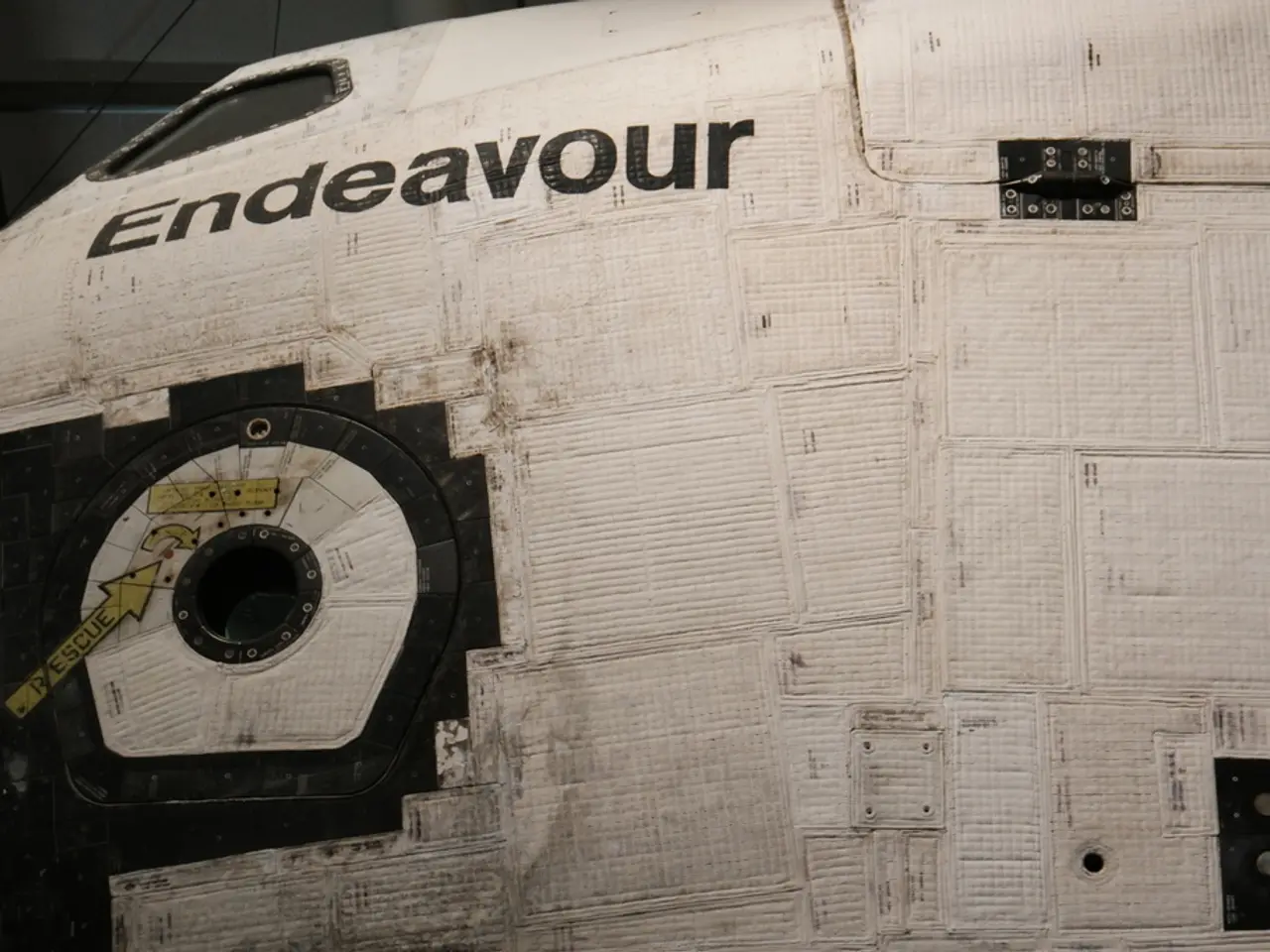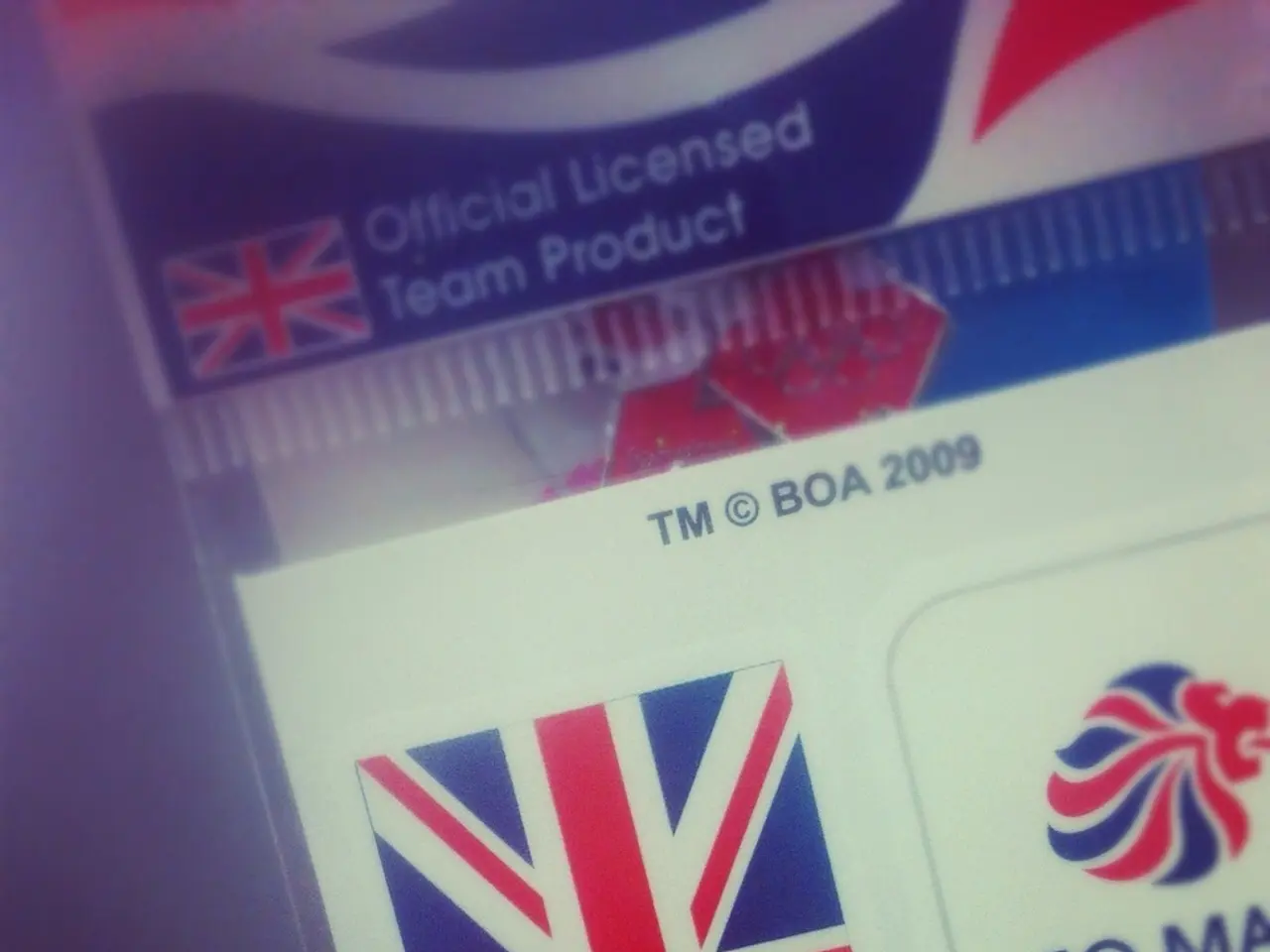Unquestionably, this robotic hand is an astonishing feat of engineering, redefining realism.
In a groundbreaking development, researchers at the University of Washington have created a robotic hand that mimics human hand movements with incredible accuracy and performs complex actions based on the wearer's movements. This remarkable achievement marks a significant step forward in the field of robotics.
The robotic hand, crafted by the Movement Control Laboratory at the university, is unique in its ability to mirror the intricate motions of the human hand, setting it apart from other robotic hands with predefined movements. The hand was built using a laser scan of the human skeleton and a 3D printer, ensuring a form that closely resembles the human hand.
Ten Dynamixel servos were employed to replicate the carpel tunnel, providing the hand with the necessary range of motion. To enhance stability, Spectra strings were used to replicate joint ligaments. This combination of advanced materials and precise actuators results in a robotic hand that is both realistic in appearance and capable of complex movements.
However, creating a robotic hand that is both realistic and capable of complex movements is a challenging task. The form of the hand and the range of functions it should perform are the two main issues that researchers must address. To achieve the desired level of realism and functionality, researchers typically integrate areas like robotics, materials science, and AI.
While specific details on the University of Washington's project are not extensively covered in available search results, related research in the field provides valuable insights. For instance, researchers at UW Bothell have developed a robot arm that simulates CPR motions, while another study involves non-invasive brain technology that allows participants to move robotic fingers using only their thoughts. These projects highlight the university's commitment to advancing robotics and its applications in various fields.
For those seeking more information on the specific robotic hand project at the University of Washington, it might be necessary to consult more specific research papers or interviews with the researchers directly involved in such a project.
This article, published by Interesting Engineering, offers a glimpse into the exciting world of robotics and the innovative strides being made at the University of Washington. As research continues, we can expect to see more remarkable advancements in this field, paving the way for a future where robots become an integral part of our daily lives.
- Improving CPR Outcomes with Robot Assistance: [Link to source]
- Non-Invasive Brain Tech and AI: [Link to source]
- Robotics at the Allen School: [Link to source]
No image source is provided for the robotic hand in this article.
This article does not contain advertisements.
The University of Washington's Movement Control Laboratory has created a robotic hand that showcases the integration of robotics, materials science, and AI, merging innovation in science and technology to produce a robotic hand that mimics human hand movements and performs complex actions. This hand was constructed using a laser scan of the human skeleton, servos to replicate the carpel tunnel, and Spectra strings for stability, making it both visually realistic and functionally capable.
Future projects by the University of Washington, such as a robot arm simulating CPR motions and non-invasive brain technology allowing participants to control robotic fingers with their thoughts, demonstrate the commitment of the university to push the boundaries of robotics and explore its potential applications.
As research in robotics evolves, it promises to yield more groundbreaking advancements, ultimately transforming the way we live and work with robots as an integral part of our daily lives. Insights into specific projects and research papers on the University of Washington's robotic hand can be found in articles like "Robotics at the Allen School", providing a deeper understanding of the cutting-edge work being done in this field.




